How to stop your dog rushing at the door, by top trainer Ben Randall
Enthusiasm and excitement are one thing, but when a dog launches itself at the door in desperation to go outside you have a problem. Ben Randall is here to help you solve it.
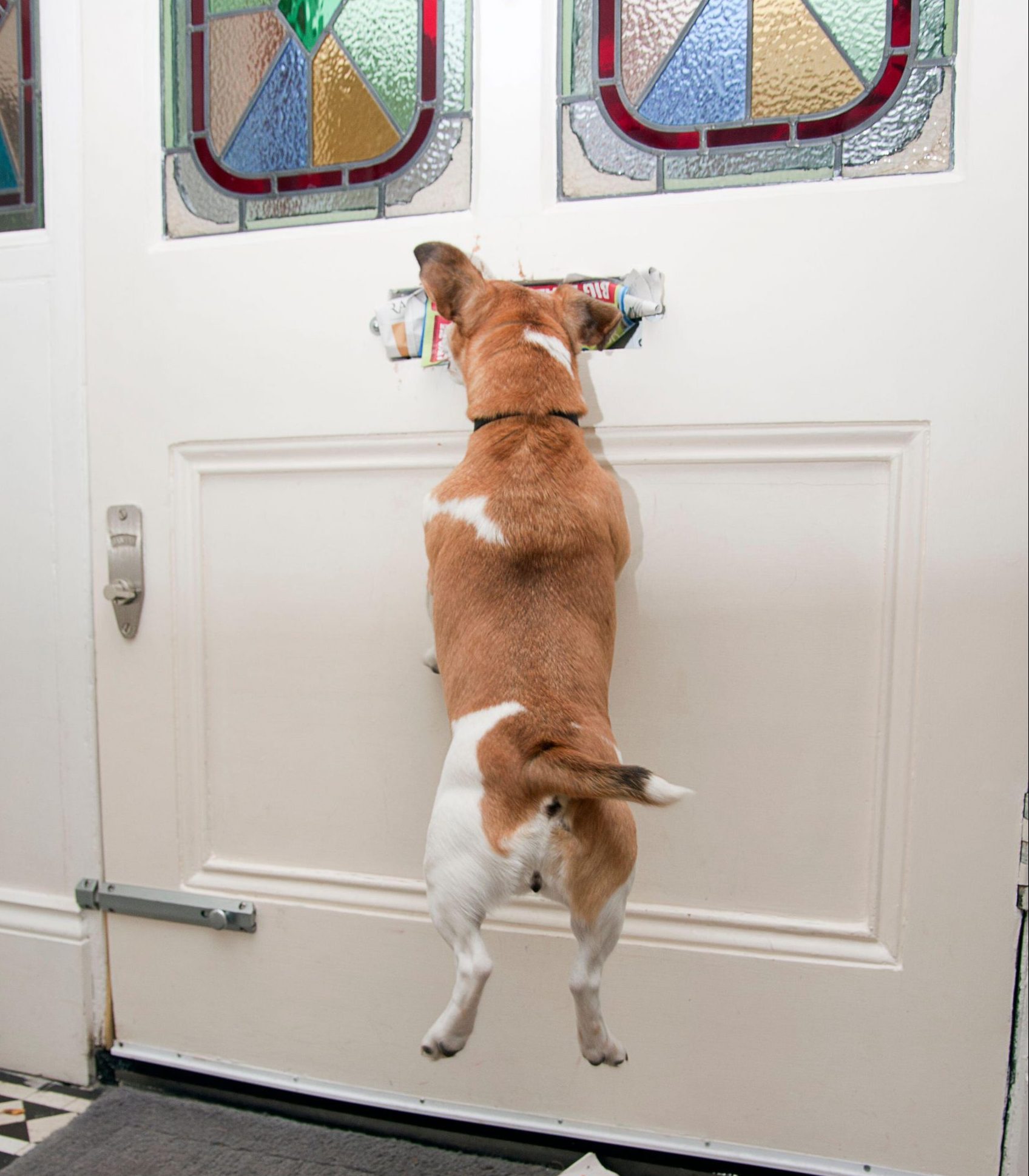

We all know the scenario. It’s 6am in the morning and your dogs are whining and scratching at the back door, eager to get out into the garden so that they can have a pee and a run around. Of course, this is all very well if your pack is perfectly behaved and calm about their morning routine, with each dog sitting and waiting patiently while you unlock the door and then allow them to go outside.
However, let’s be honest — it’s more likely that your dogs are careering around like a load of maniacs, jumping up and down, barking and generally making a nuisance of themselves. I can see them getting more and more wound up, as you struggle to turn the key, with them all bunching up together like a loaded spring, before bursting through the open door in a mad rush to get outside.
This is exactly the issue being faced by M.R. from North Yorkshire, who has written to us via our paws-for-thought@futurenet.com email address to ask how best to discourage her springer spaniel from quite literally throwing himself at the back door every time he needs — or wants — to go out:
Dear Ben,I have a number of dogs — springer spaniels and labradors — but have a real issue with one spaniel who is particularly hyper and literally throws herself at the door, feet first. I mean, they are all keen to go out in the morning, but he is especially frantic. What can I do to stop this? Any advice would be gratefully received — thank you. — M.R., North Yorkshire
Although a small percentage of this behaviour is positive — it’s good that your dogs are happy and excited to go outside — the larger percentage of it is not really desirable within the home environment.
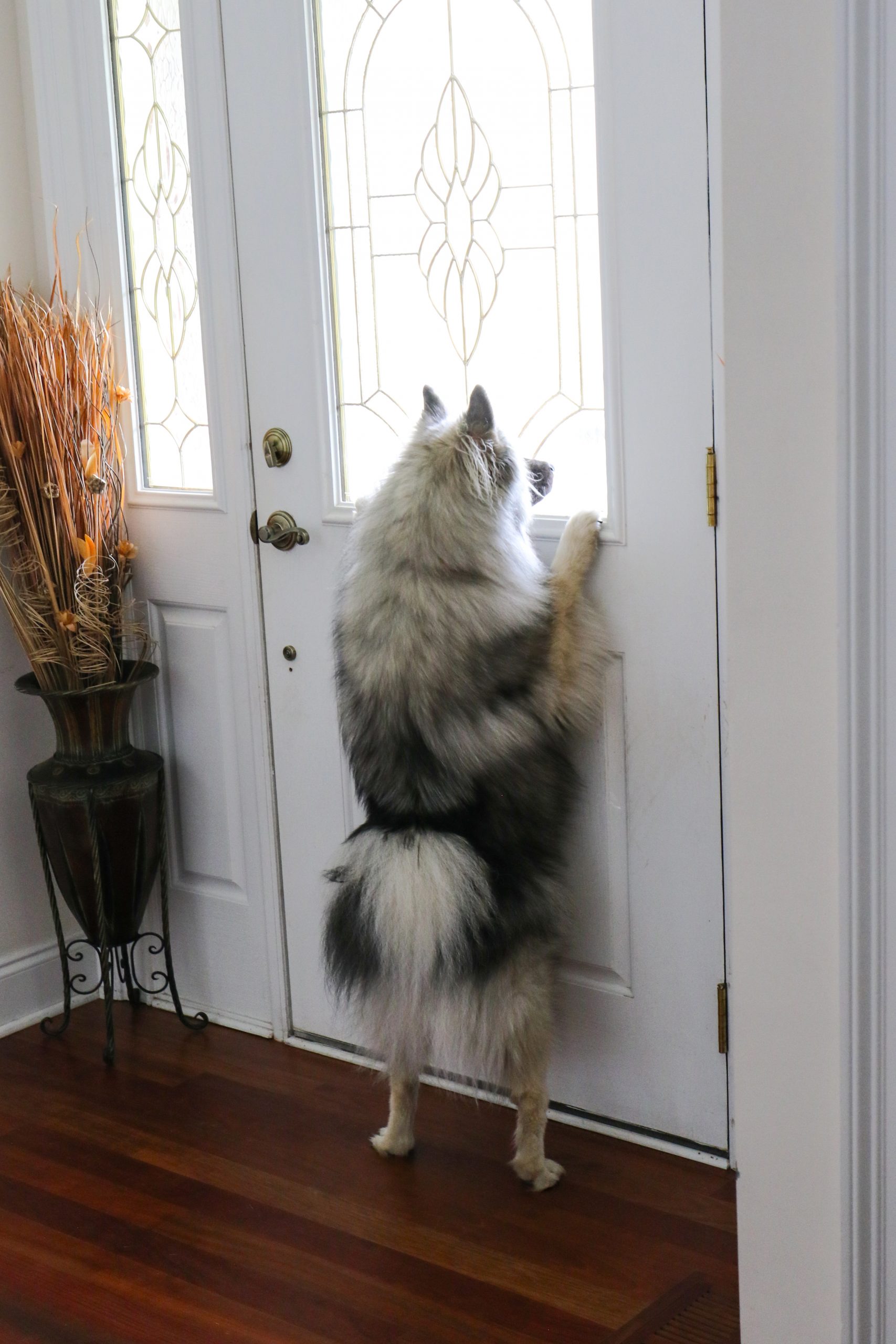
In the first instance, what I like to do is change your dog’s mindset. What I (and I think you) want is for the dog to go to the door and sit calmly on the mat whilst I walk over, open the door and walk the dog to heel to the toilet area in the garden. Training your dog to do this will promote a much calmer and less manic household, especially when this rushing and lunging at the door could potentially be happening half a dozen times a day.
I’ve been perfecting my BG (Beggarbush) foundation methods for nearly 20 years and understand that even experienced dog owners come up against issues that they are not sure how to handle. However, with a little common sense and patience, it’s possible to encourage your dogs to wait patiently, calmly and quietly before you let them out of the door, not only in the morning, but at any time of day. You can learn more via @beggarbush on Instagram and my dog-training app (this link will let you get a free trial) or ask me your own question by emailing paws-for-thought@futurenet.com.
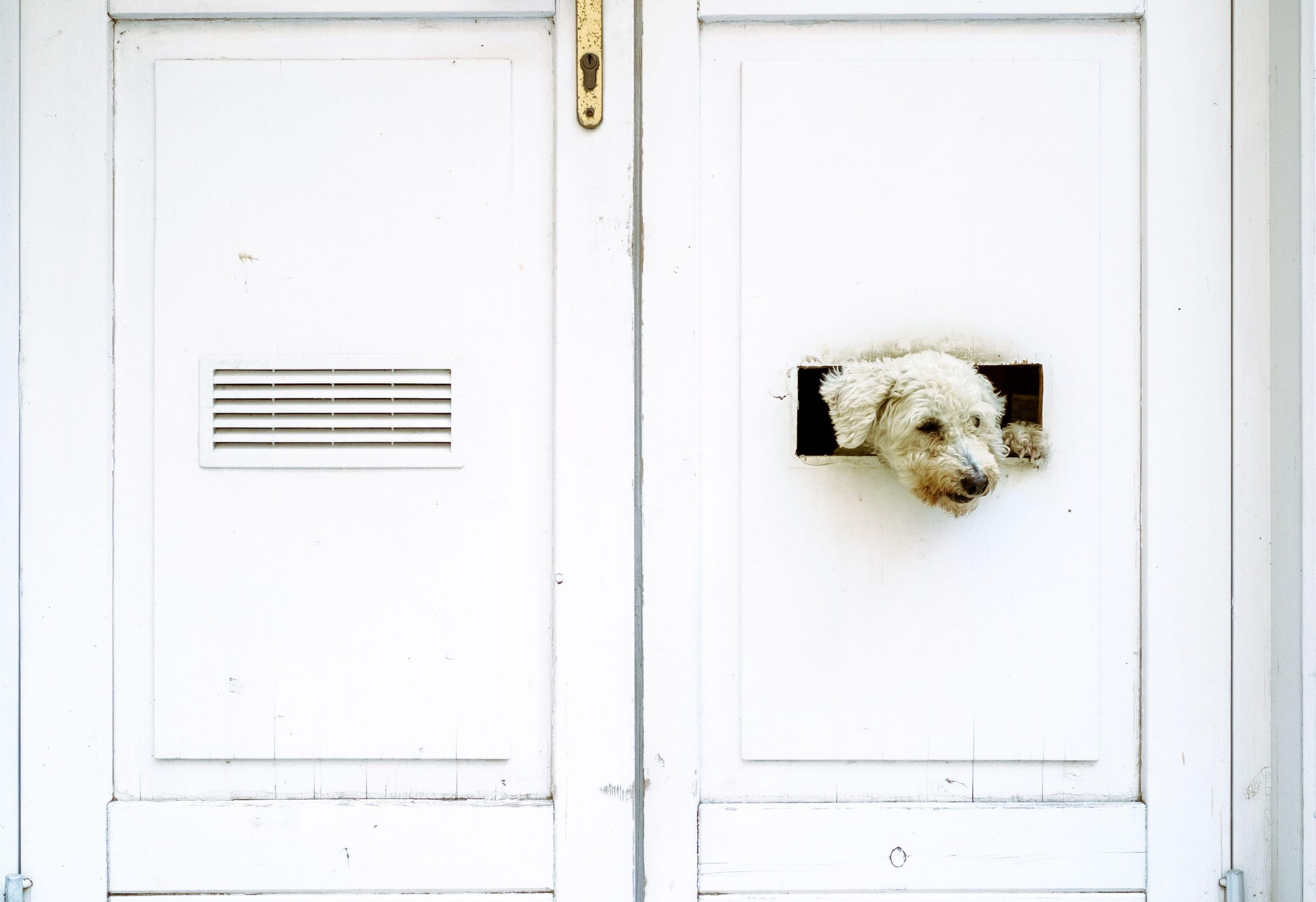
Ben’s top six tips for training a dog not to frantically jump and scratch at the door when it wants to go outside
1. Teach the leave command
I know I have said this so many times that I must sound like a stuck record, but the ‘leave’ command really is the most important instruction in your dog-training toolbox. It is most certainly one of the biggest components of my BG Foundations. This is because, if taught consistently, kindly and correctly, this command can quite literally be used to stop your dog doing all sorts of things — in this case, throwing itself at the door. You can read how to train this in my previous article on the leave command.
Sign up for the Country Life Newsletter
Exquisite houses, the beauty of Nature, and how to get the most from your life, straight to your inbox.
2. Use some kibble/their favourite food to encourage them to wait
The next time you go to let your dog or dogs out of the back door and they start going mental, walk towards the particularly manic one with a reward that they consider to be more high value than the prospect of rushing out of the door. Because my dogs have not been trained using bribery, for them, it’s a standard piece of kibble. Walk up to your dog/dogs, give the ‘leave’ and ‘sit’ commands, then show the dog the reward and then ask the dog to continue to sit patiently for a period of time until he or she is relaxed.
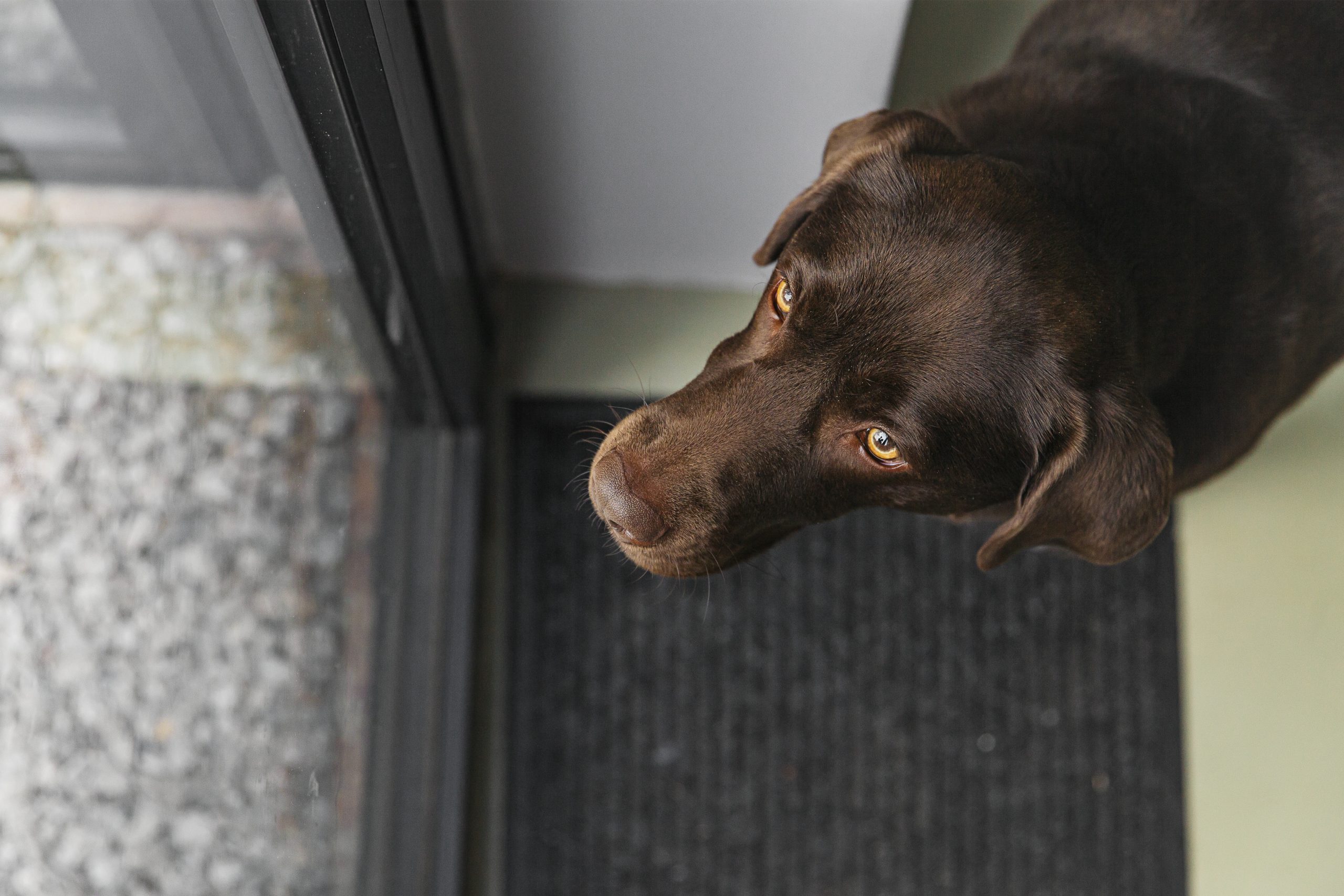
3. Walk your dog, slowly and quietly out to the garden
Depending on the dog and the temperament, sometimes I reward them right away, and sometimes not. If it's the latter I ask the dog to walk to heel with me to the desired toilet area then ask him or her to ‘sit’, point and say ‘toilet’ — and then I only give them a food reward once the dog has done his or her business and returned to me. I will give them their reward, then ‘heel’ the dog back to the house, asking it to sit at the door, whilst I open it, call them through, ask them to sit again (inside the door), then close the door, before rewarding them again.
4. Don’t reward your dog at the wrong time
We must be careful not to reward the dog too quickly. Get the timing wrong and they might think that all their frantic barking, jumping up and down and scratching at the door is what you're rewarding them for; make sure the reward comes only once they've sat down calmly.
5. Make sure the rest of your training is up to scratch, too
When a dog is showing this type of behaviour, it usually tells me that there are other issues with their training. Is your dog demonstrating calmness in different environments and situations? What is your pet like around other dogs, or feed times? So, although it’s quite easy to fix this initial problem, it’s always wise to go back a stage and work on making sure your dog can walk to heel (both on and off the lead), sitting patiently at meal times (don’t forget you can also do this outside in the garden in the summer months), as well as always walking calmly in and out of the house and the car. You should also take care to perfect your dog's recall, even in the most distraction filled places.
As ever, your dog’s meal times are the ideal time to practise and perfect all of these essential, foundation commands, not lease as you can repeat them two or three times a day until they’re ingrained in your dog’s psyche. He or or she will be happy to do the drills, because they know they get the reward of their meal at the end of the exercise.
6. Keep practising your dog’s door patience on repeat
Remember you own your back door, which means you can open and close the door as often as you like, and therefore you can teach this new regime as often as is needed to create the desired behaviour. When you start to retrain your dog or dogs to be super relaxed and unfussed about going in and out of the door, you can literally practise this 100 times a day.
Granted, your neighbours might think you are a little bonkers, but the end result of having angelic dogs that will pause, wait and look at you every time they exit or enter a house, will be totally worth it. And when you reach that point, your neighbours won't be thinking you're crazy — they'll be asking you for tips.
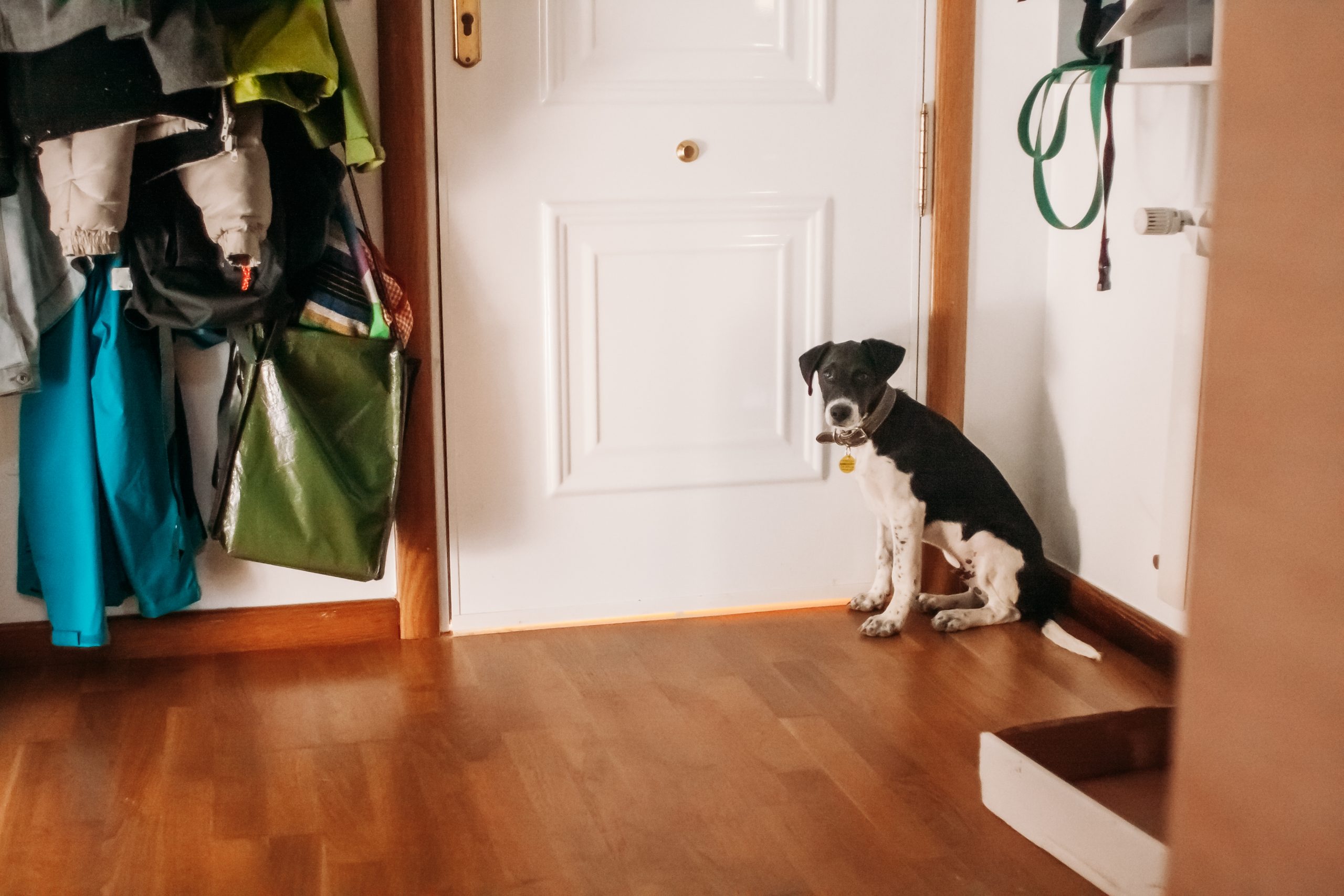
For more detailed advice about Ben Randall’s positive, reward-based and proven BG training methods, one-to-one training sessions, residential training or five-star dog-boarding at his BGHQ in Herefordshire, telephone 01531 670960 or visit www.ledburylodgekennels.co.uk. For a free seven-day trial of the Gundog app, which costs £24.99 a month or £249.99 a year, visit www.gundog.app/trial
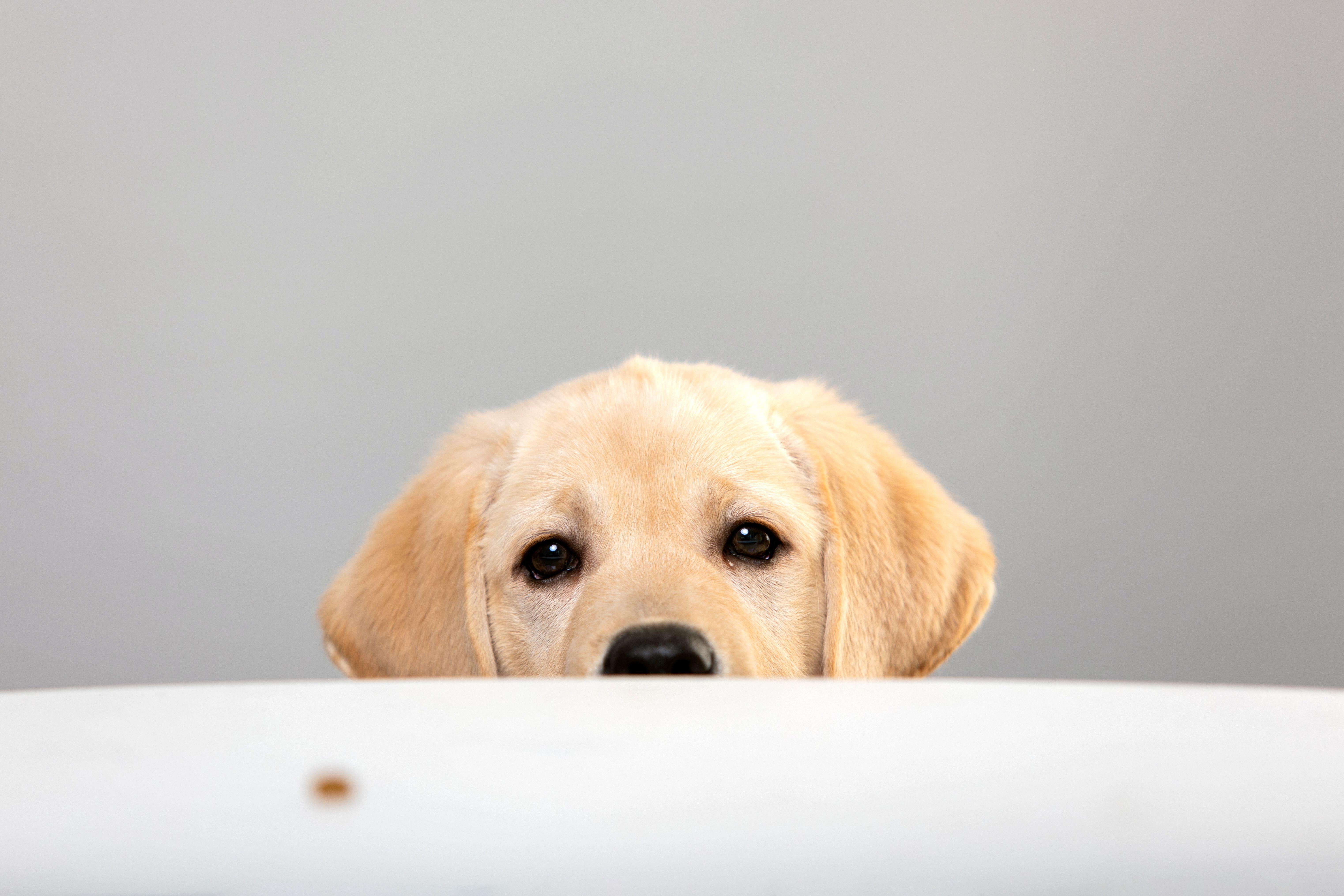
Credit: Alamy Stock Photo
How to stop your dog begging for food at the table, by expert trainer Ben Randall
Dogs begging for food around mealtimes can be adorable up to a point — but what happens when the charm wears
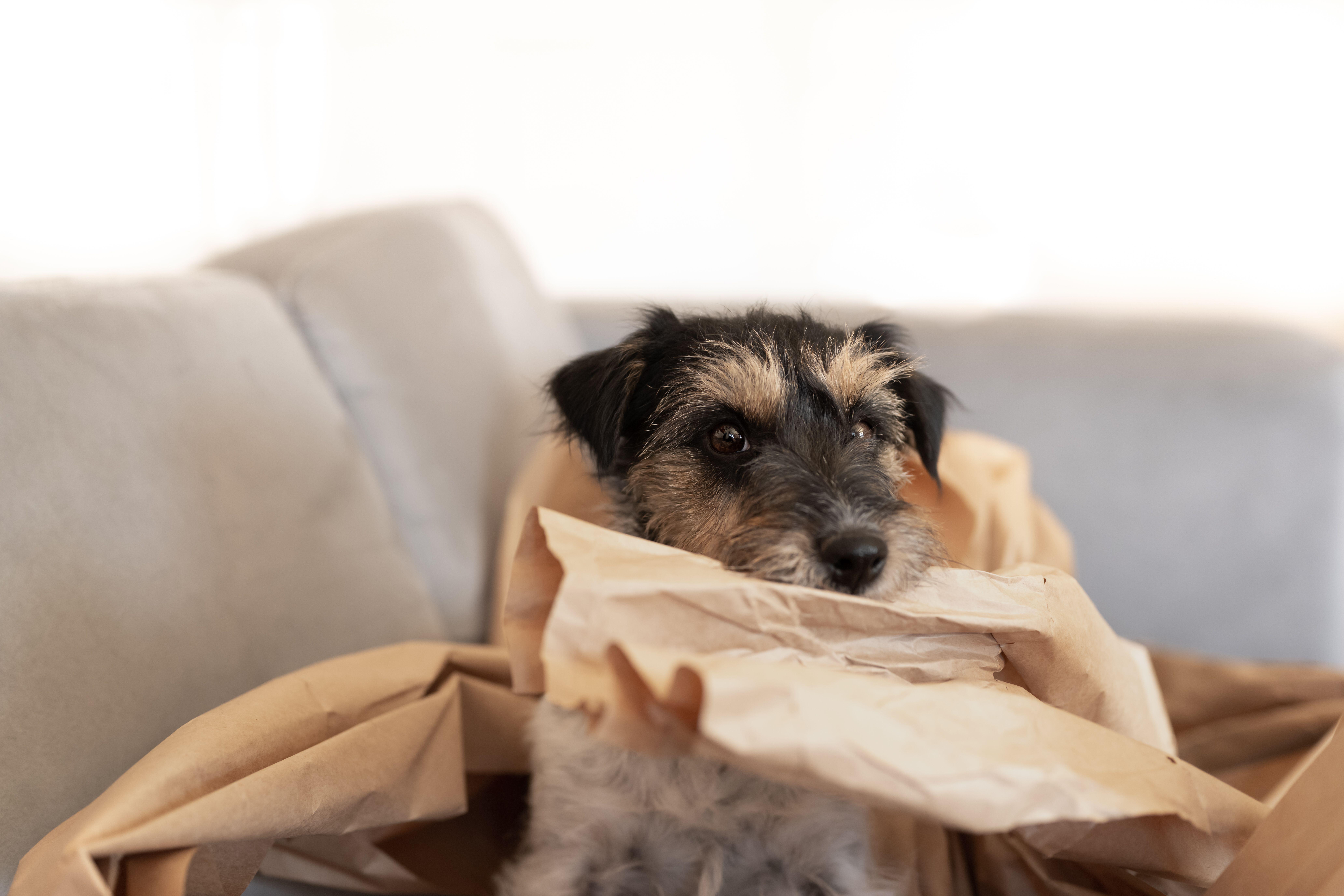
How to stop resource guarding in dogs, by Ben Randall
Resource guarding is common in dogs — but it can be solved. Award-winning dog trainer Ben Randall explains how as he
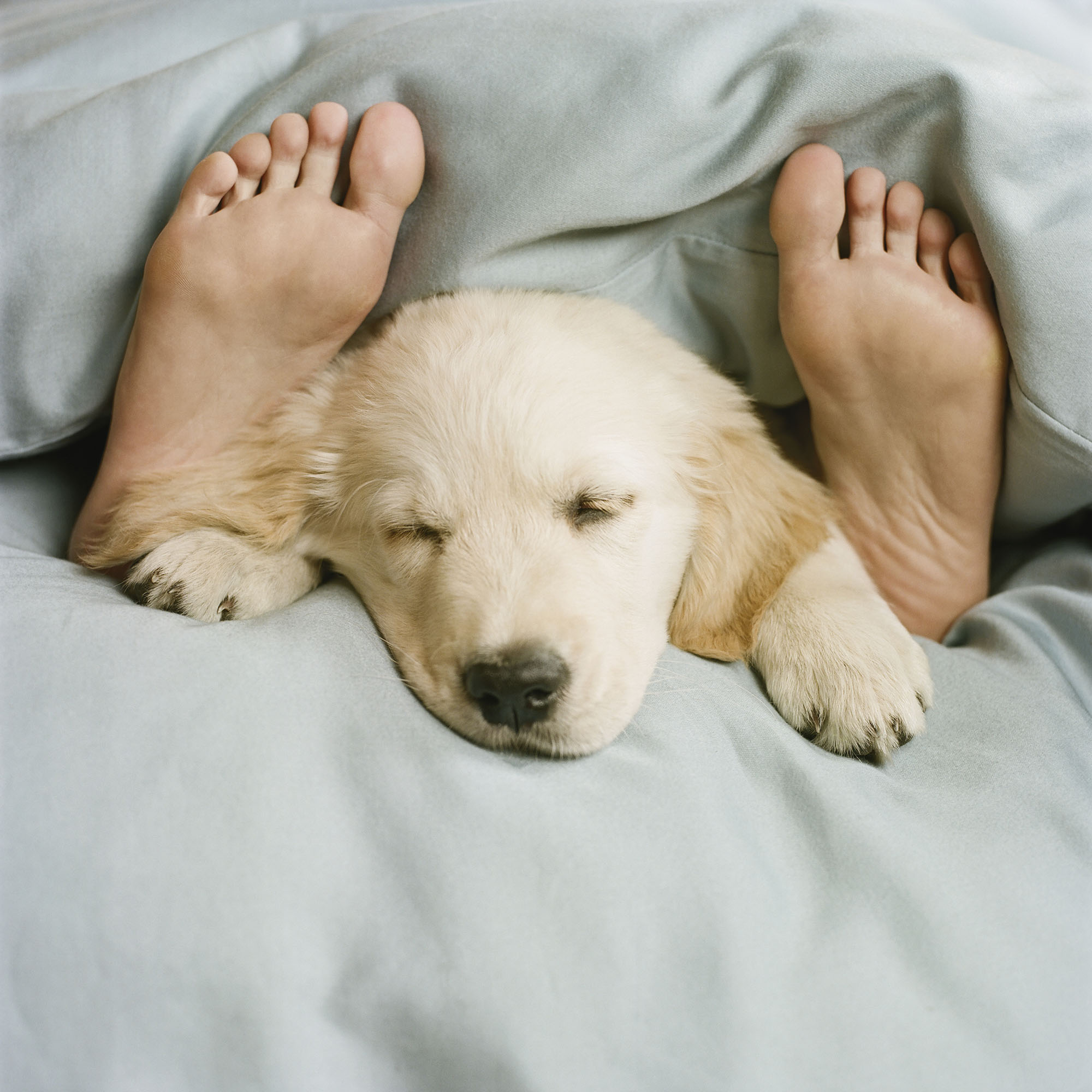
Credit: Getty Images
Should you let your dog sleep in your bed?
Some dogs and owners share a bed — but should they? Ben Randall shares his wisdom on how to make it
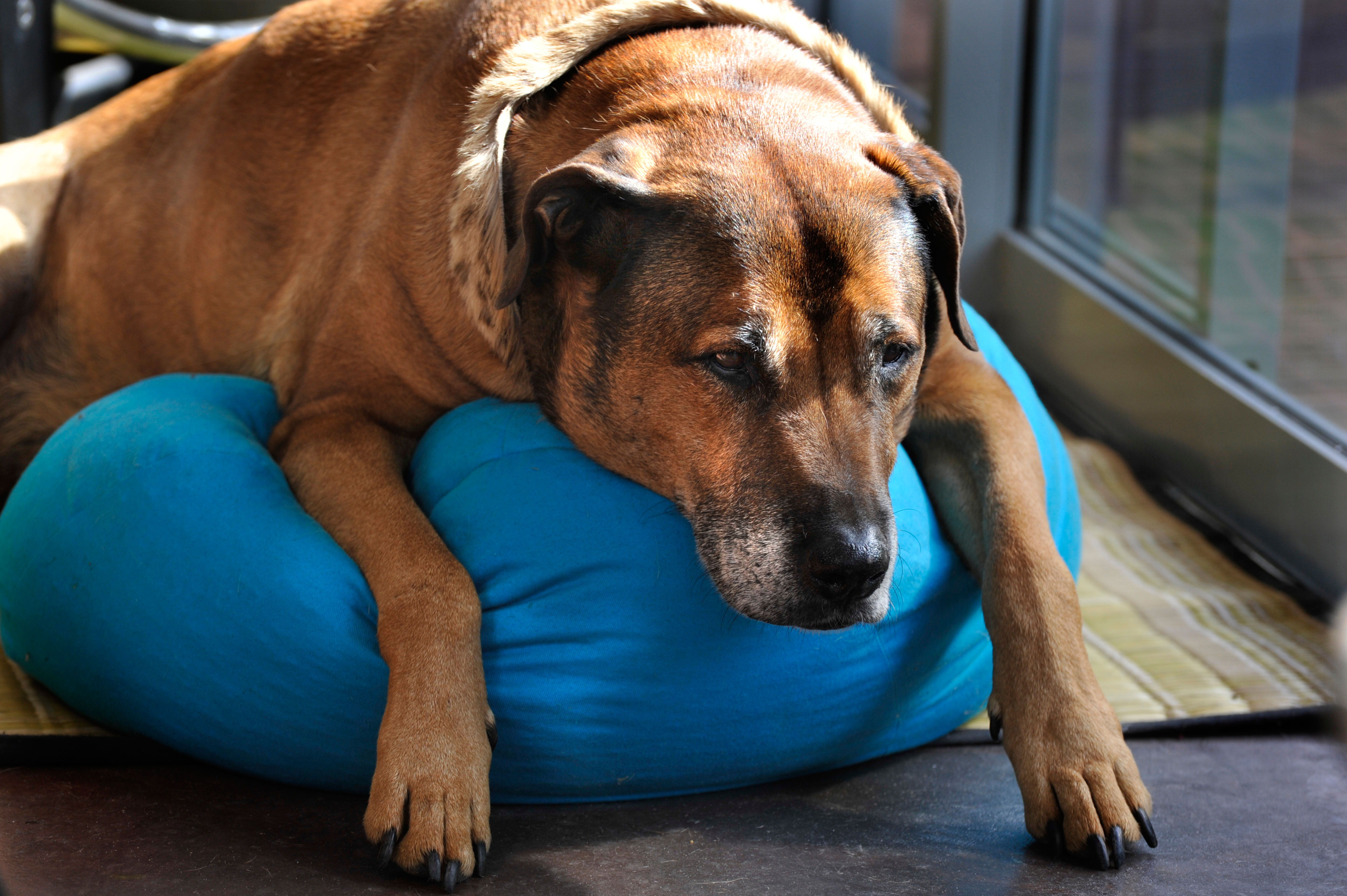
Credit: Alamy Stock Photo
How to keep your dog healthy in a summer heatwave, by expert trainer Ben Randall
With hot summer weather here it can be a challenge keeping your four-legged friend cool and happy. Ben Randall shares
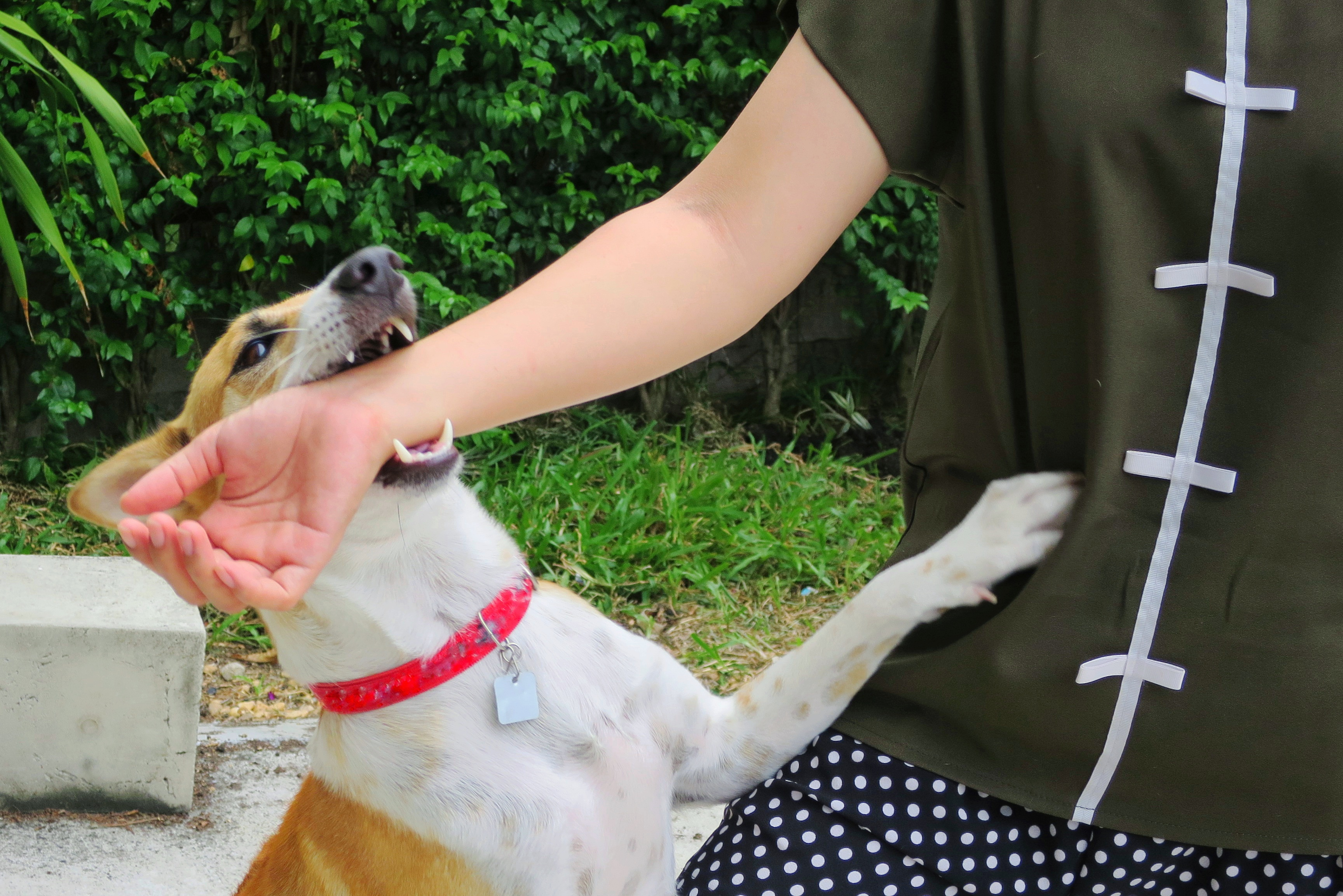
Credit: Getty
How to stop a dog biting and nipping, by award-winning trainer Ben Randall
Biting and nipping is top of the list of issues that dog owners most fear that they'll have to deal

Credit: Getty Images/Image Source
How to introduce a puppy to your kids, by expert trainer Ben Randall
Ben Randall, a dad as well as one of Britain's top dog trainers, shares his expertise on how to welcome

How to teach a dog tricks, by expert trainer Ben Randall
If you want to teach a few party tricks to your pup you'll need to tread carefully, explains Ben Randall.
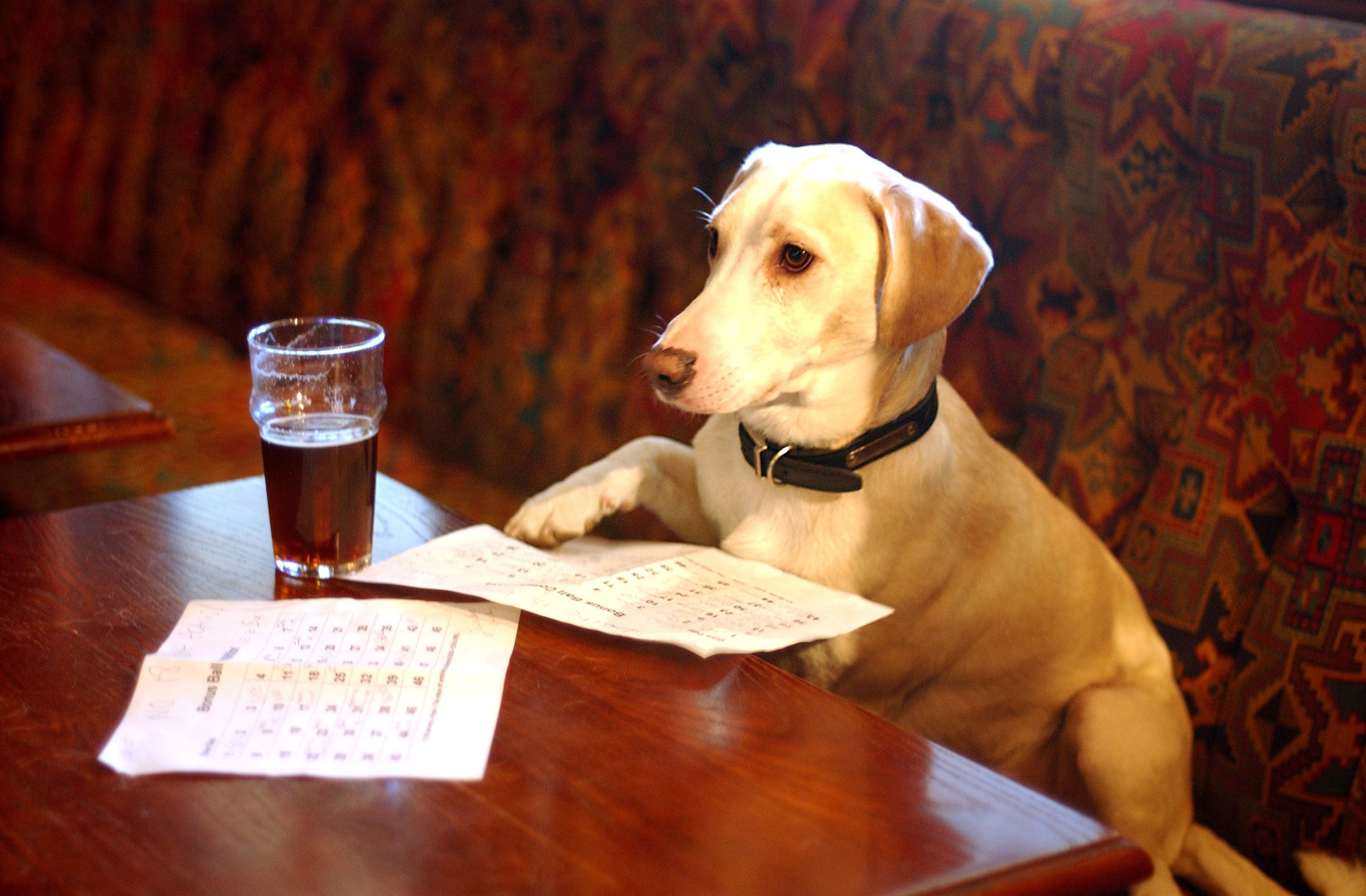
Credit: Alamy
How to take your dog to the pub, by expert trainer Ben Randall
Enjoying a drink in a lovely country pub with your dog snoozing quietly at your feet is one of the

Credit: Getty
How to introduce a puppy to your cat, by expert dog trainer Ben Randall
Introducing a dog to a cat can be nerve-wracking, but get it right and the two of them can get
-
 Designer's Room: A solid oak French kitchen that's been cleverly engineered to last
Designer's Room: A solid oak French kitchen that's been cleverly engineered to lastKitchen and joinery specialist Artichoke had several clever tricks to deal with the fact that natural wood expands and contracts.
By Amelia Thorpe
-
 Chocolate eggs, bunnies and the Resurrection: Country Life Quiz of the Day, April 18, 2025
Chocolate eggs, bunnies and the Resurrection: Country Life Quiz of the Day, April 18, 2025Friday's quiz is an Easter special.
By James Fisher
-
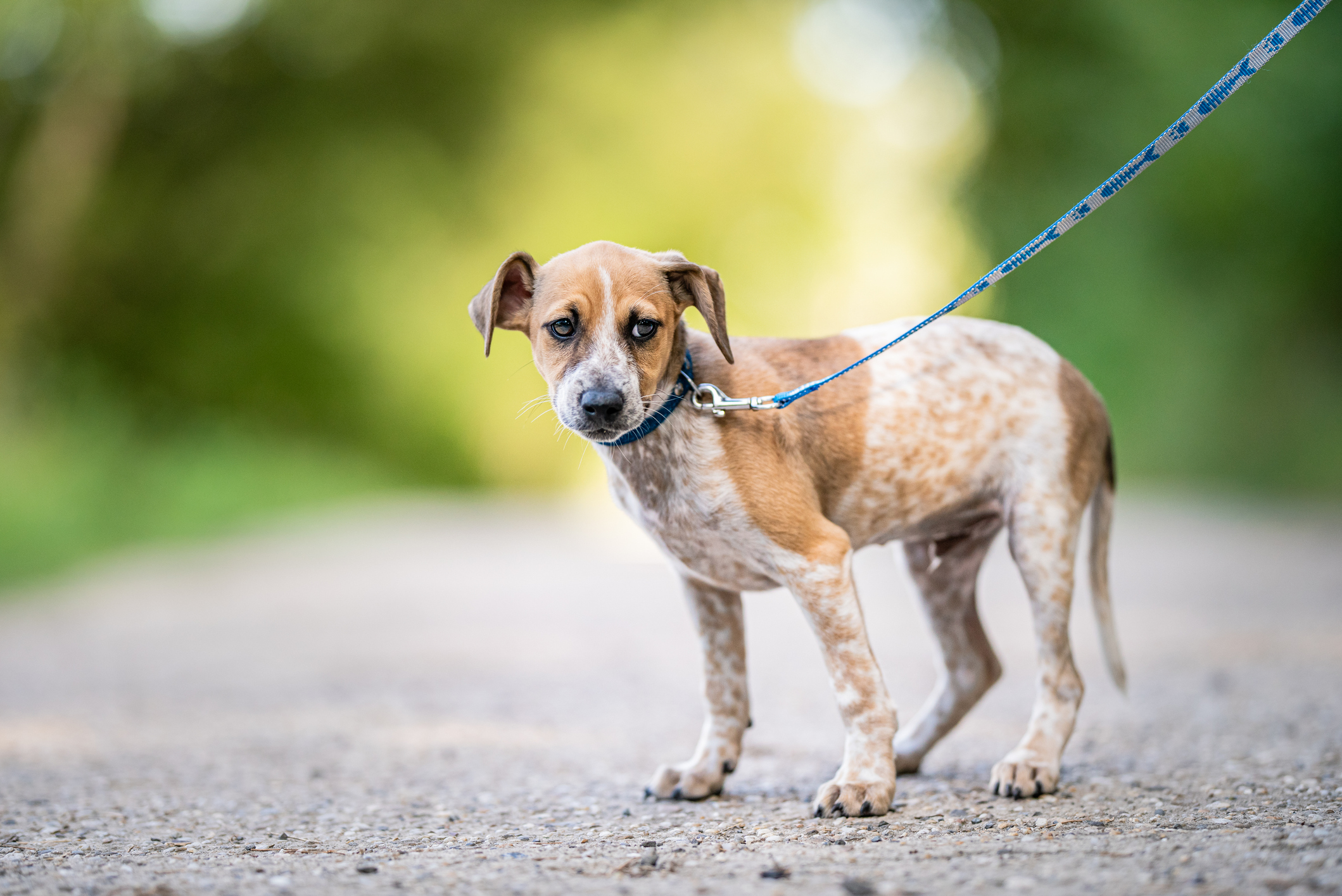 What to do when your dog gets attacked by another dog out on a walk
What to do when your dog gets attacked by another dog out on a walkBen Randall deals with a reader's difficult situation as an ordinary walk took a turn for the worse.
By Ben Randall
-
 How to deal with an older dog starting to show some bad behaviour after many happy years
How to deal with an older dog starting to show some bad behaviour after many happy yearsA-list dog trainer Ben Randall helps a reader whose ageing dog has started changing its behaviour — and not for the better.
By Ben Randall
-
 Ben Randall: Ask Country Life's canine agony uncle a question about your dog
Ben Randall: Ask Country Life's canine agony uncle a question about your dogOver the past two years our award-winning dog trainer Ben Randall has been sharing his advice with Country Life readers.
By Country Life
-
 How to look after a dog who's gone deaf, by A-list trainer Ben Randall
How to look after a dog who's gone deaf, by A-list trainer Ben RandallBen Randall handles a query from a reader whose dog has lost her hearing.
By Ben Randall
-
 How to deal with a dog that's stronger than you are — especially when it runs off when it gets excited
How to deal with a dog that's stronger than you are — especially when it runs off when it gets excitedBen Randall tackles an issue for an owner of a dog that's almost as big as she is.
By Ben Randall
-
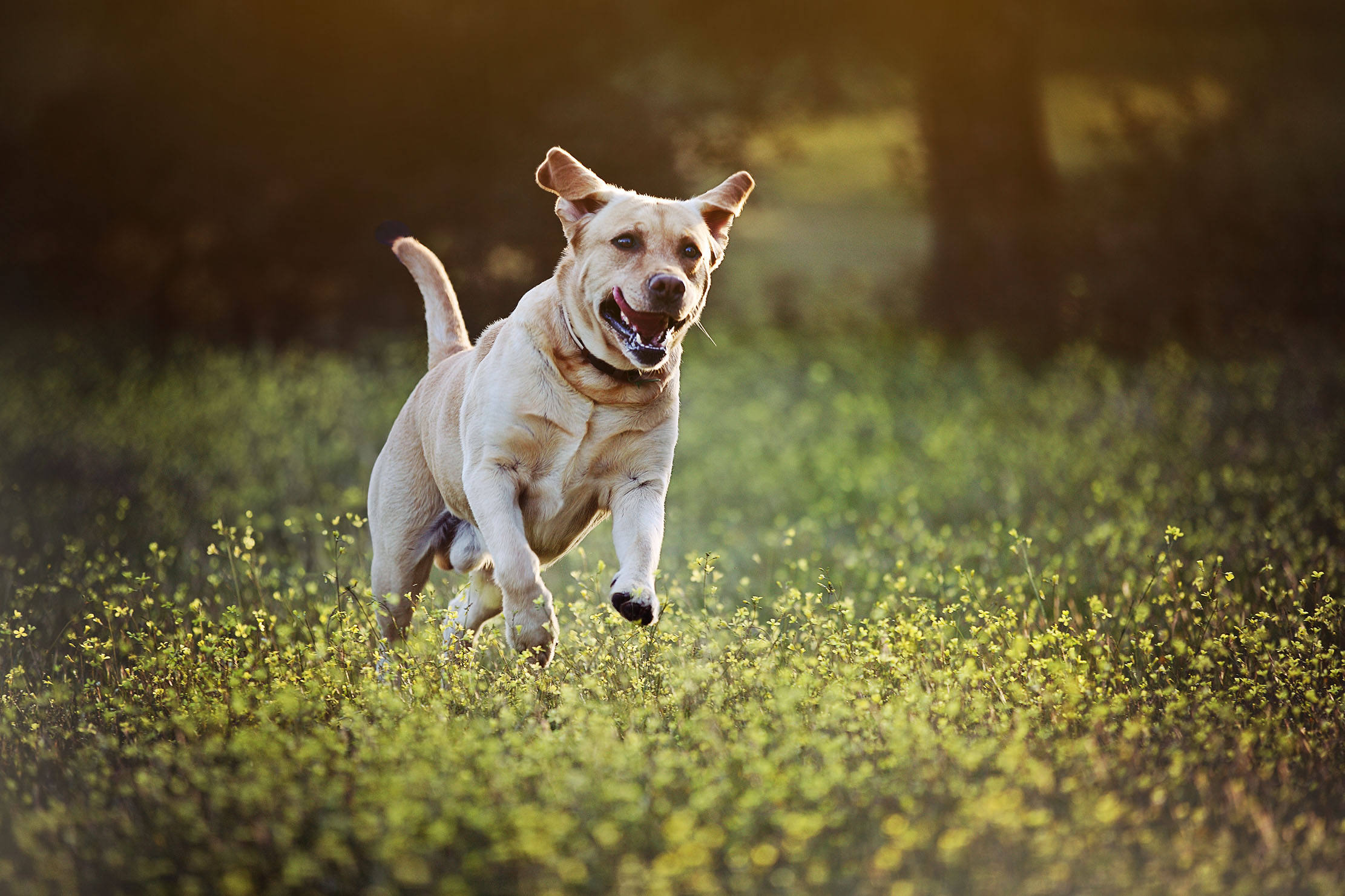 'My dog goes crazy when he sees someone with a ball launcher. How do I make him stop?': Expert trainer Ben Randall explains what to do
'My dog goes crazy when he sees someone with a ball launcher. How do I make him stop?': Expert trainer Ben Randall explains what to doTaking on a dog with ingrained bad habits can be a headache. Ben Randall explains how to retrain them to keep calm.
By Ben Randall
-
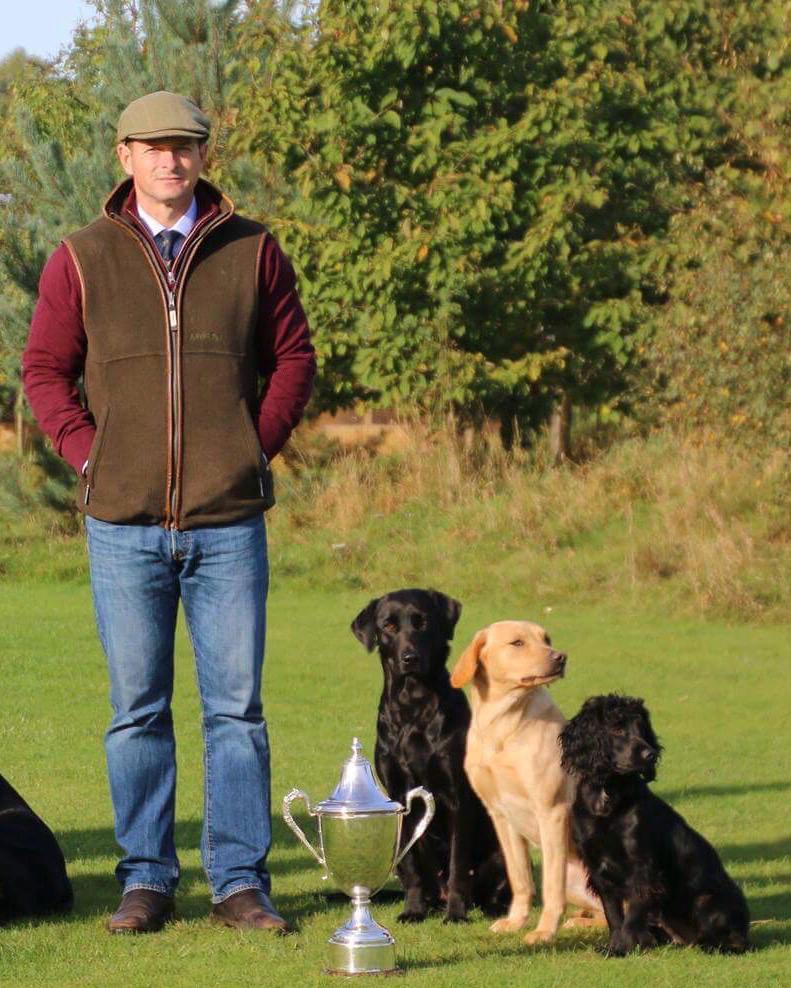 Ben Randall: Q&A with the award-winning dog trainer
Ben Randall: Q&A with the award-winning dog trainerWe speak to Country Life's canine agony uncle Ben Randall.
By Ben Randall
-
 How to stop your dog from being protective and barking at builders
How to stop your dog from being protective and barking at buildersBarking can be annoying and unsettling for visitors. Ben Randall looks at how to get a little peace and quiet.
By Ben Randall